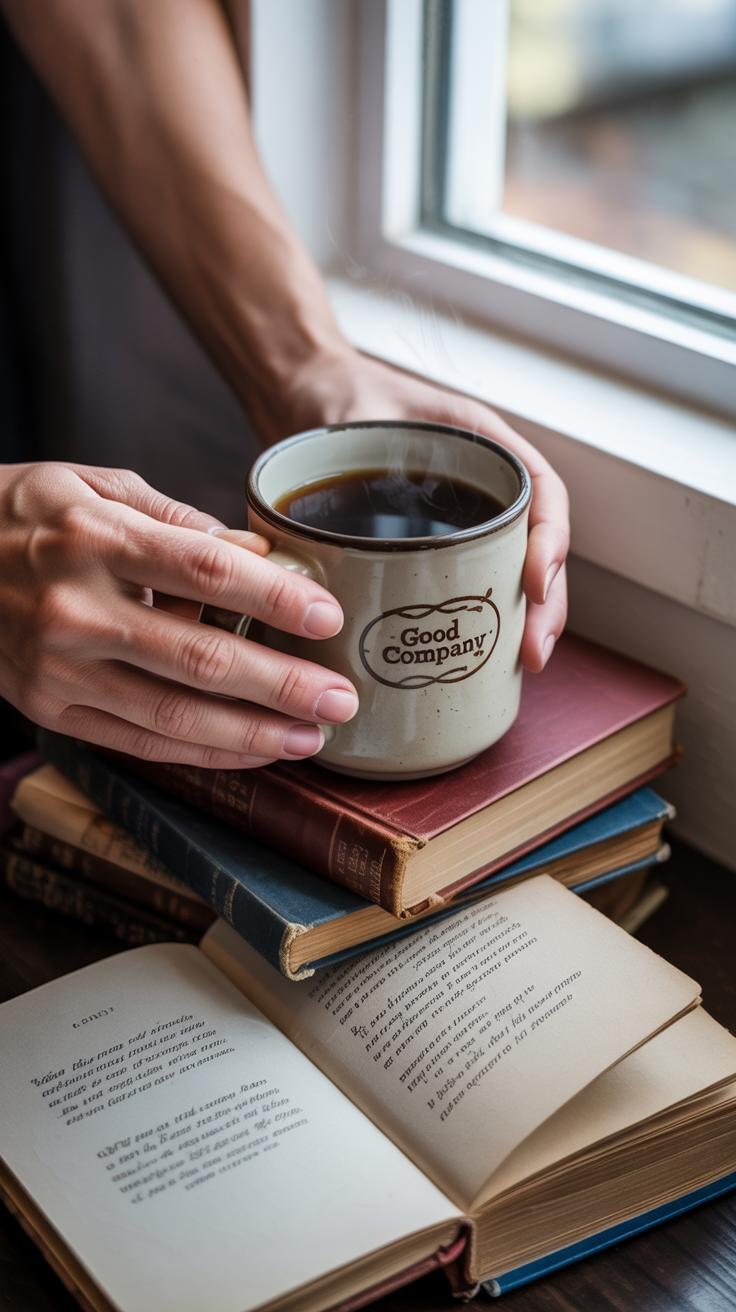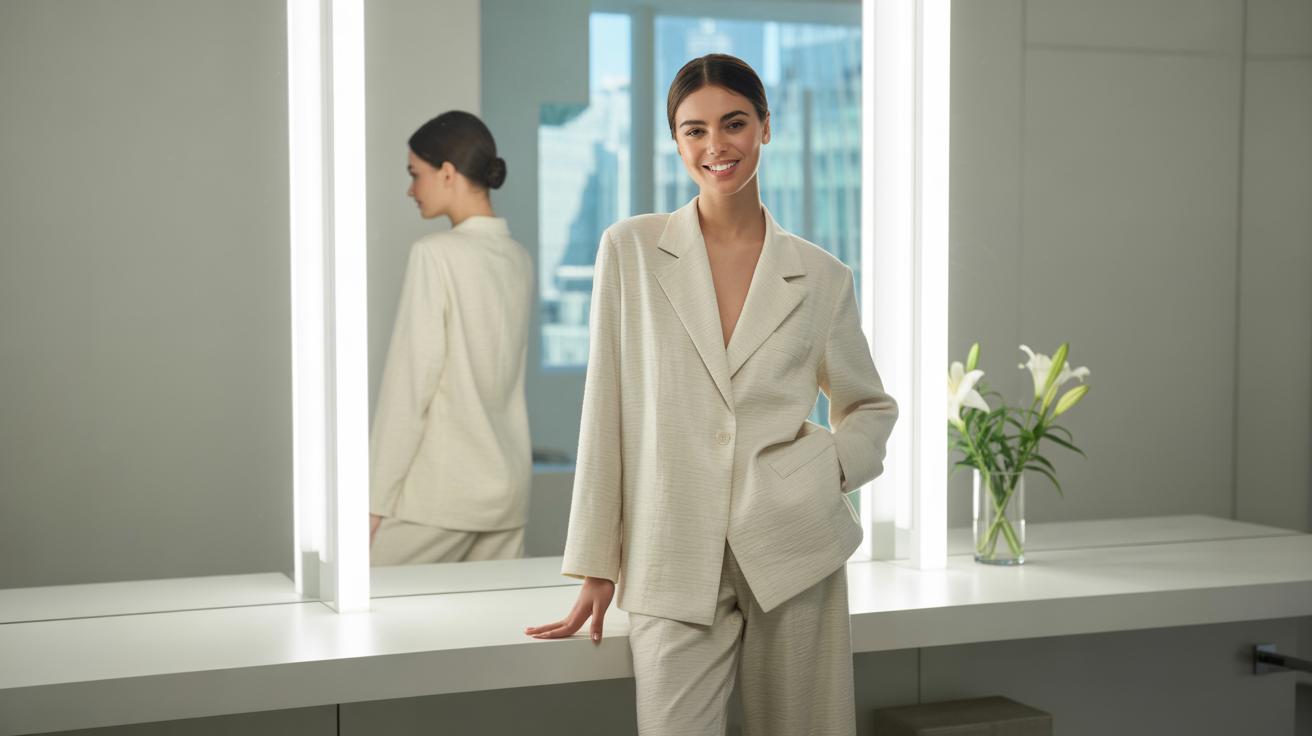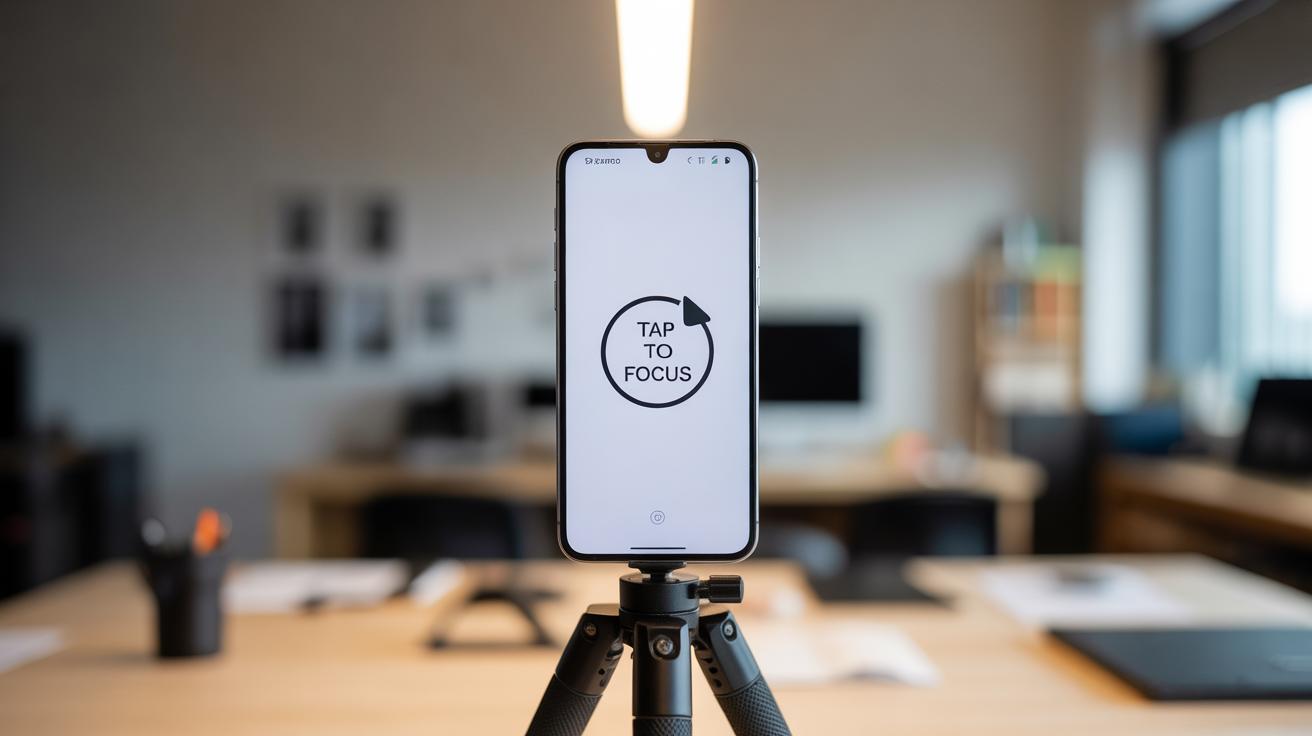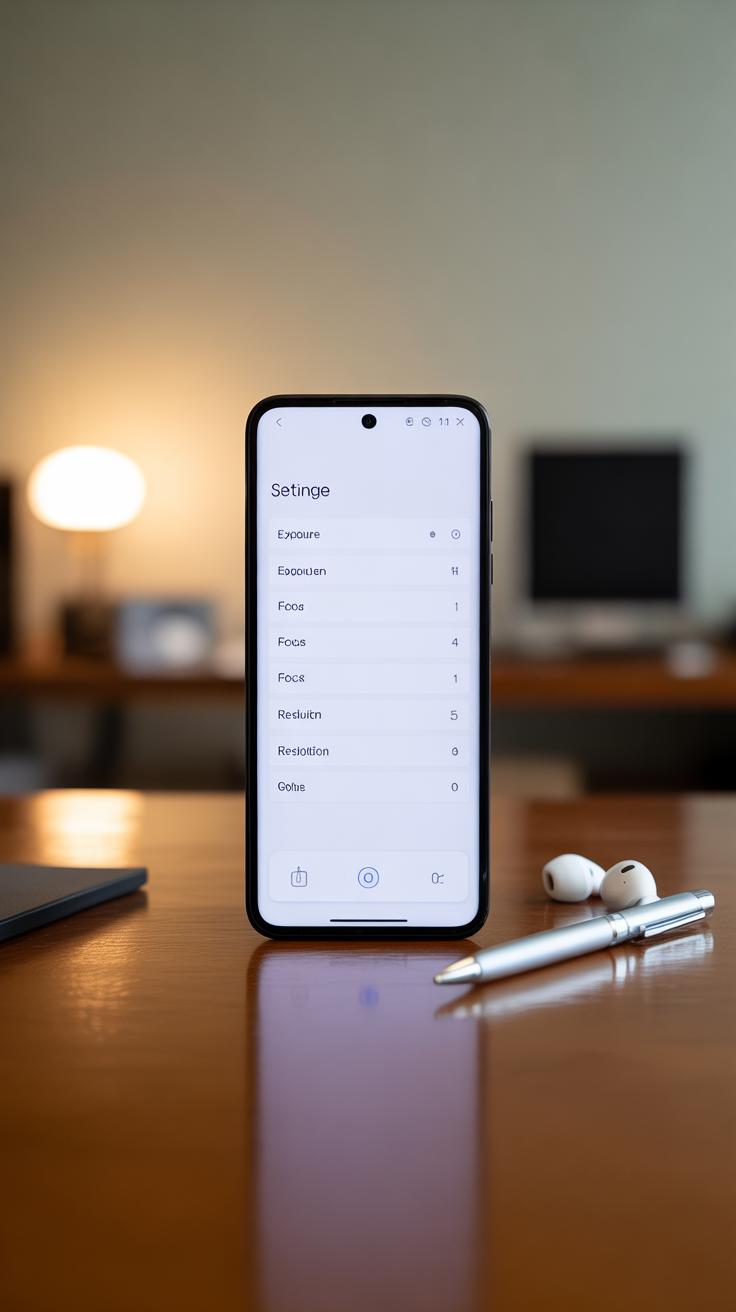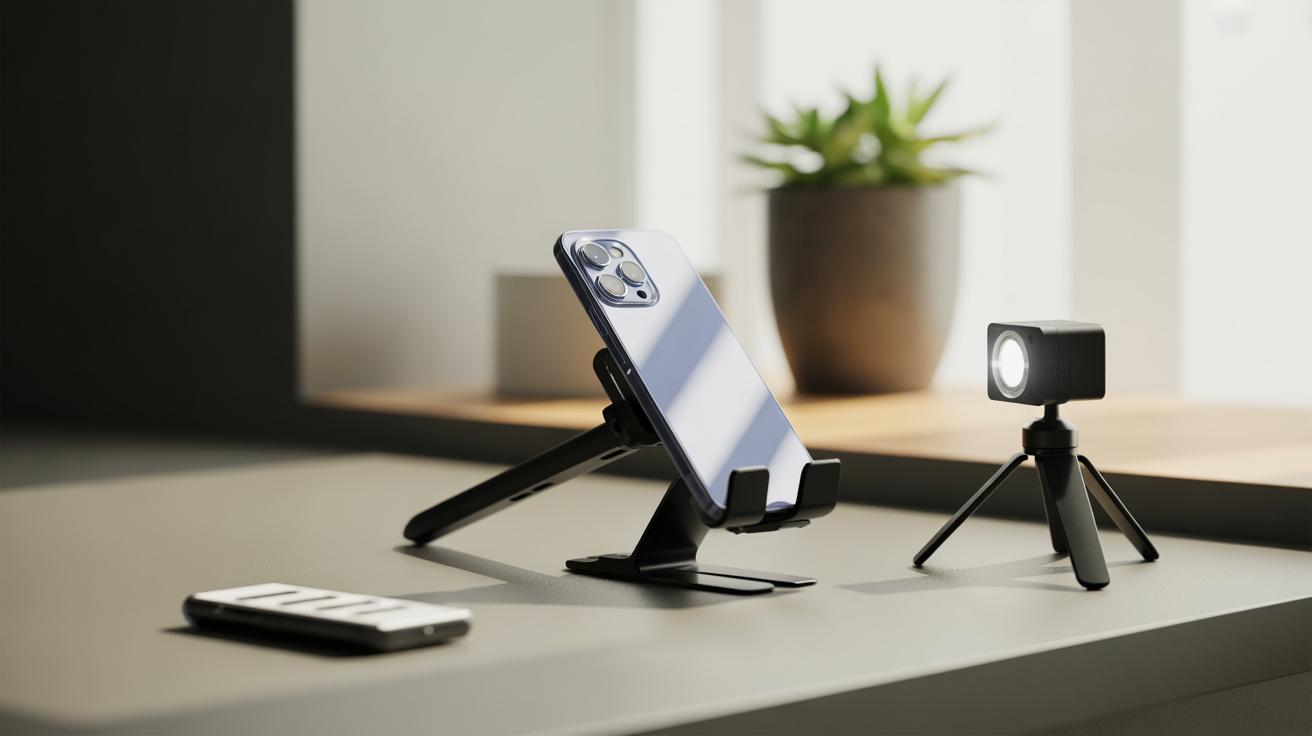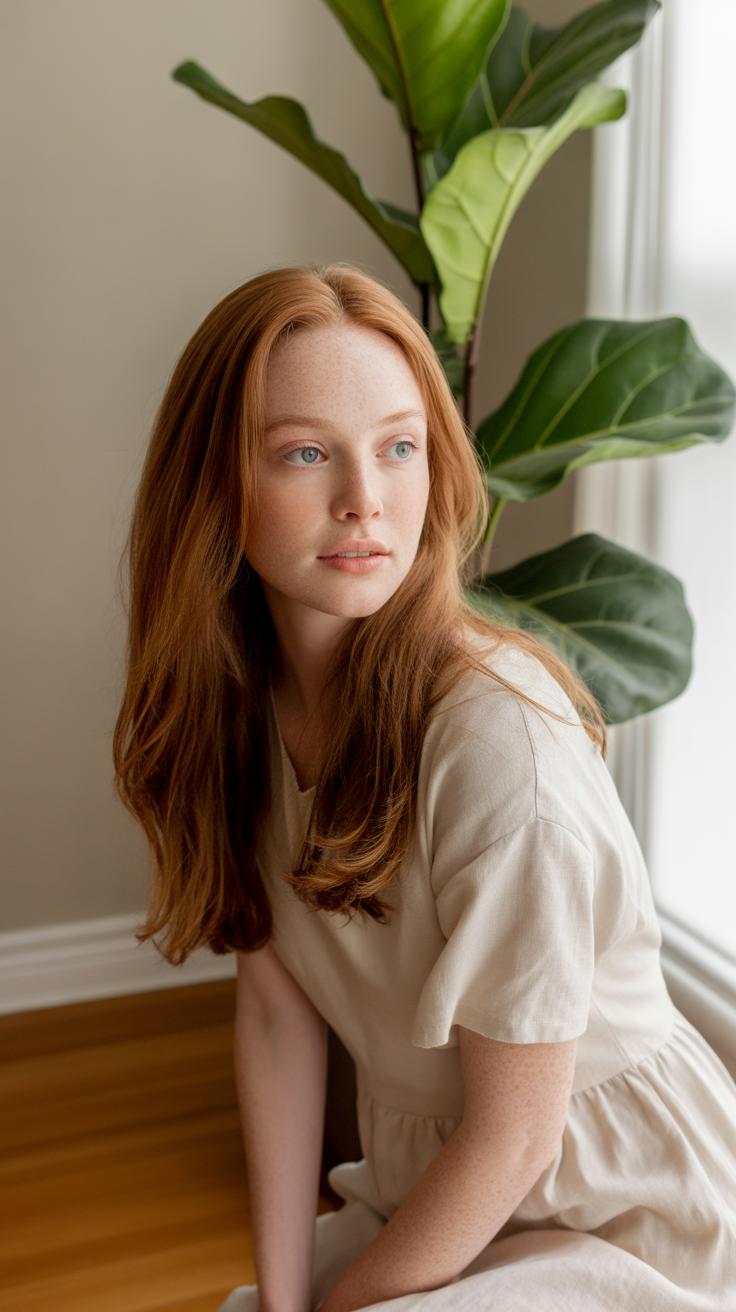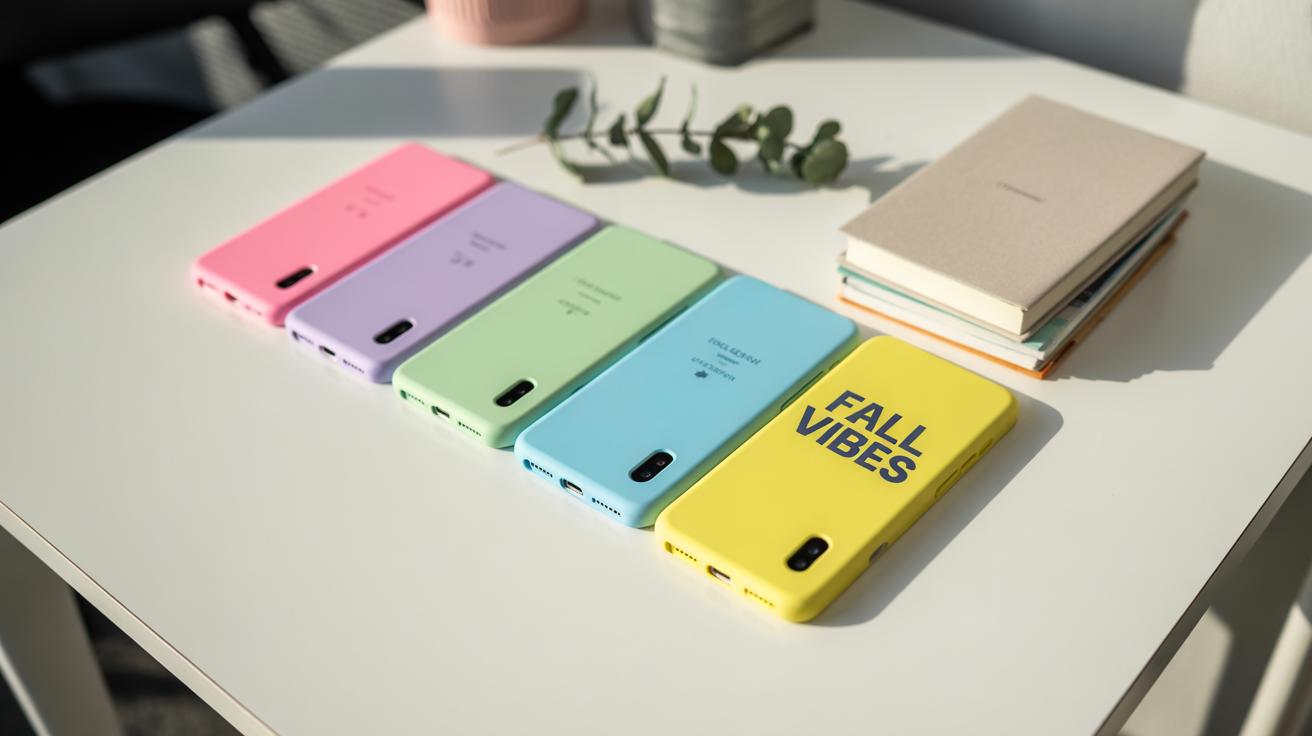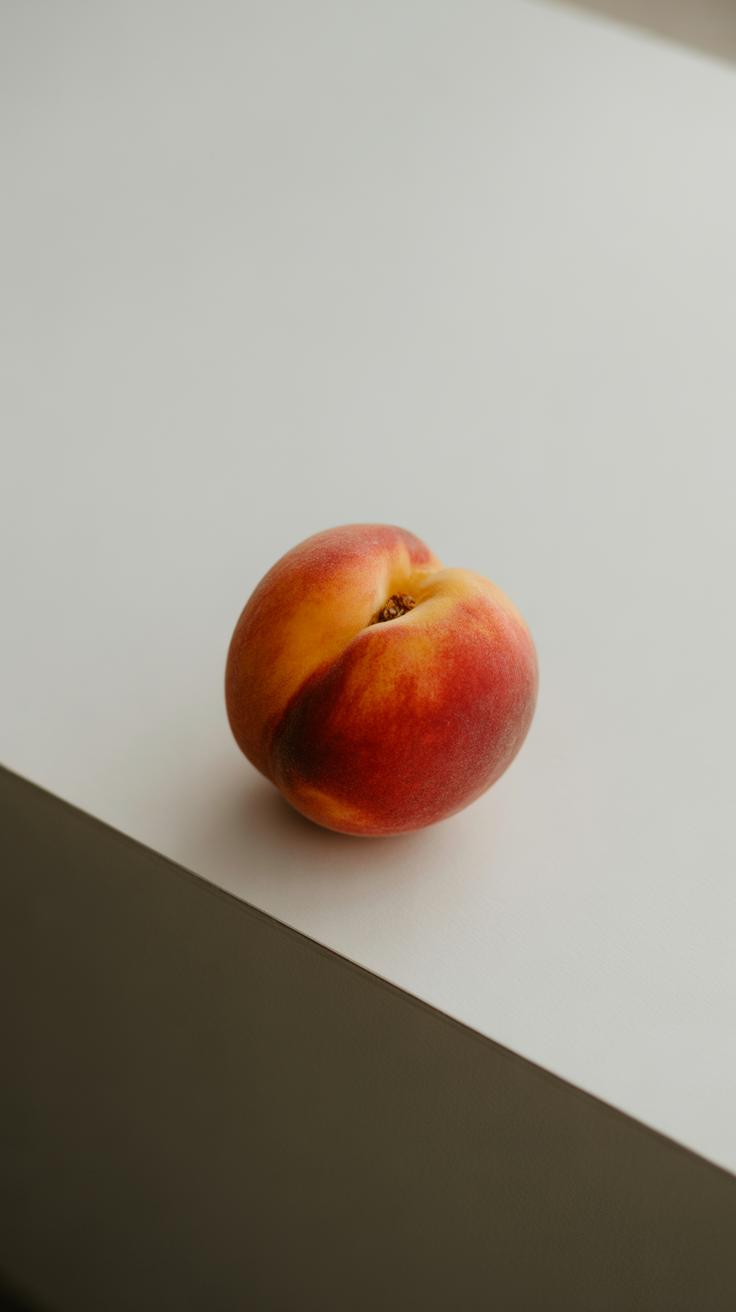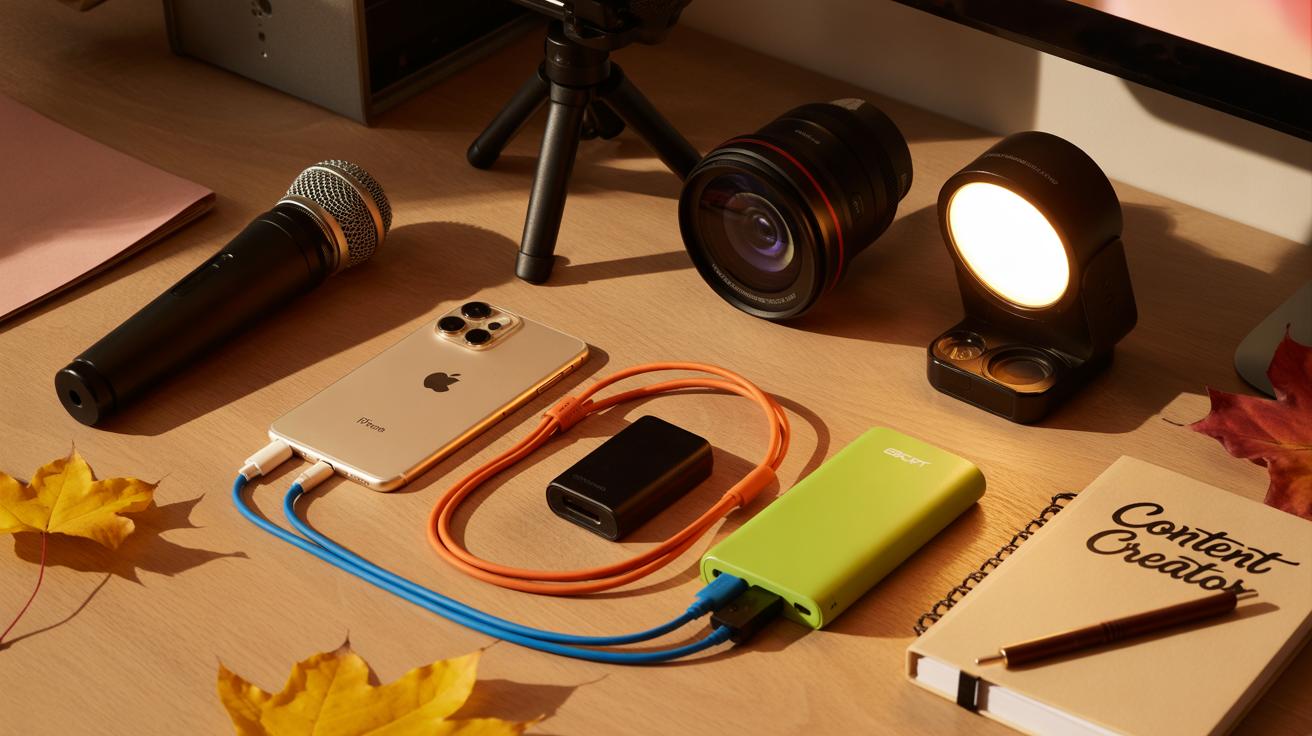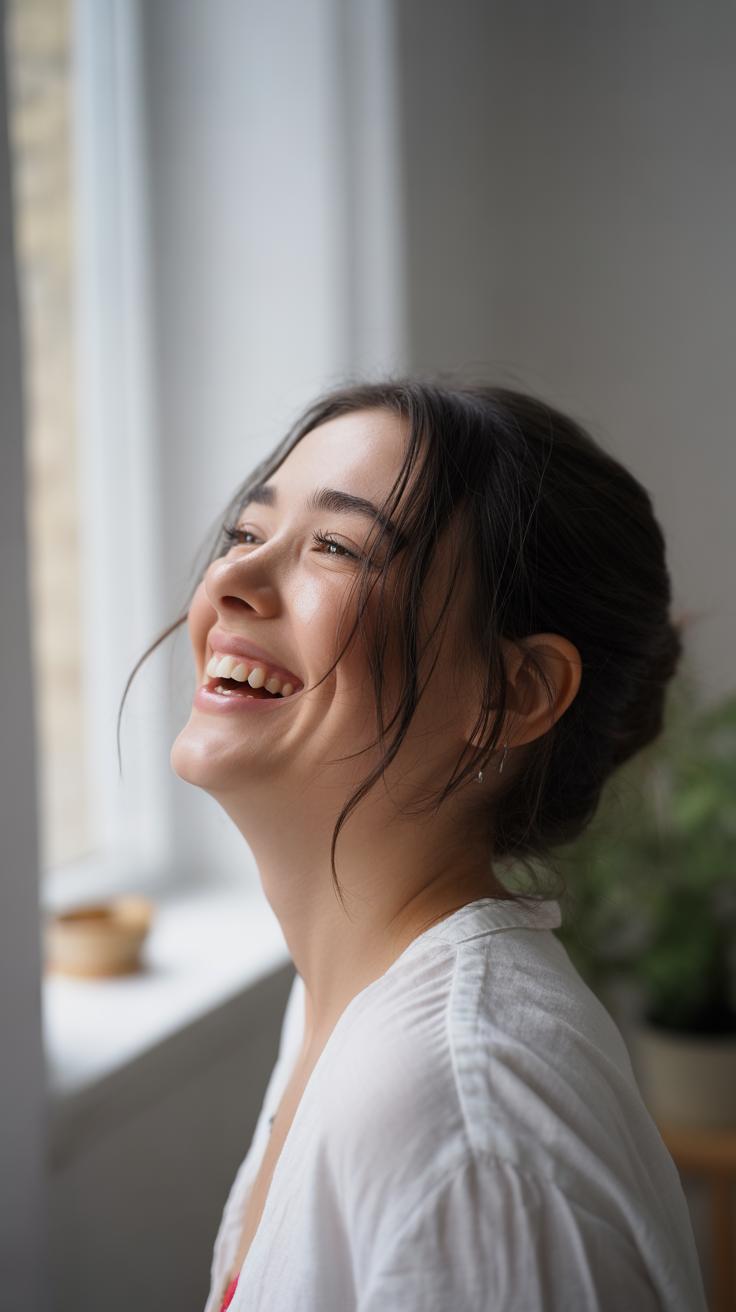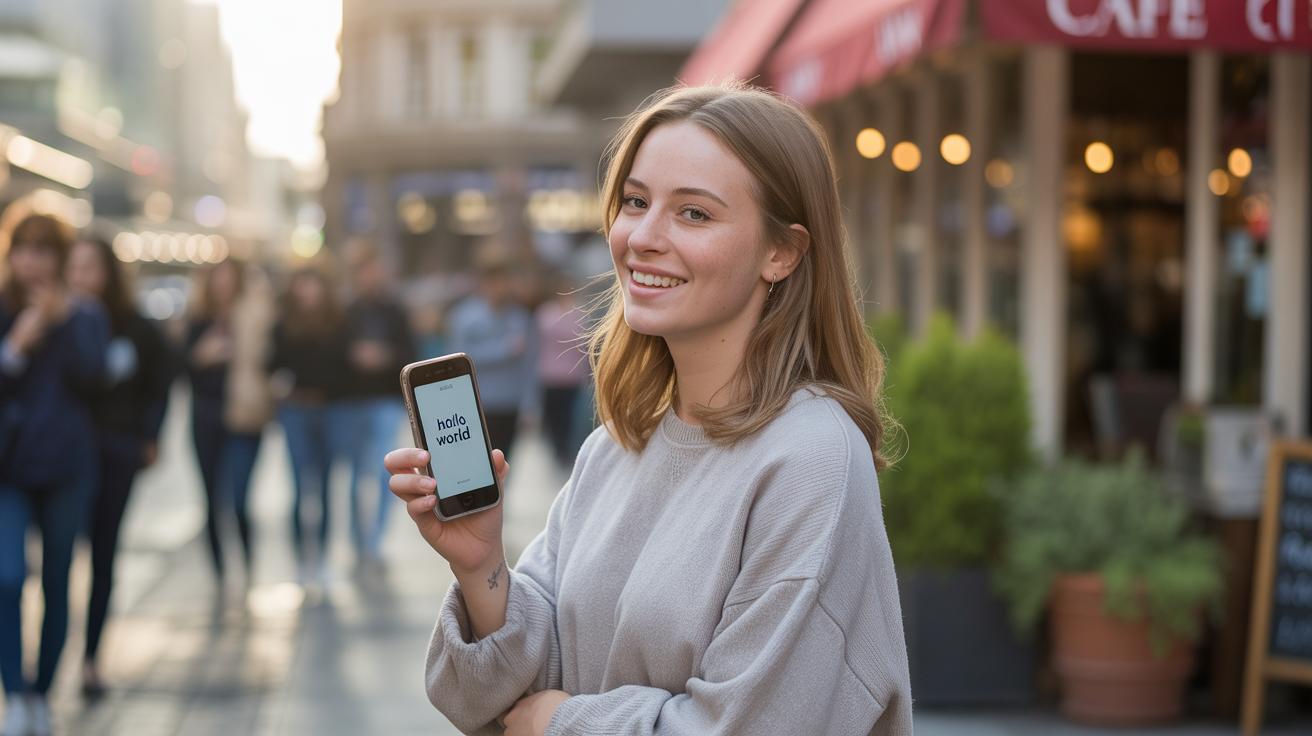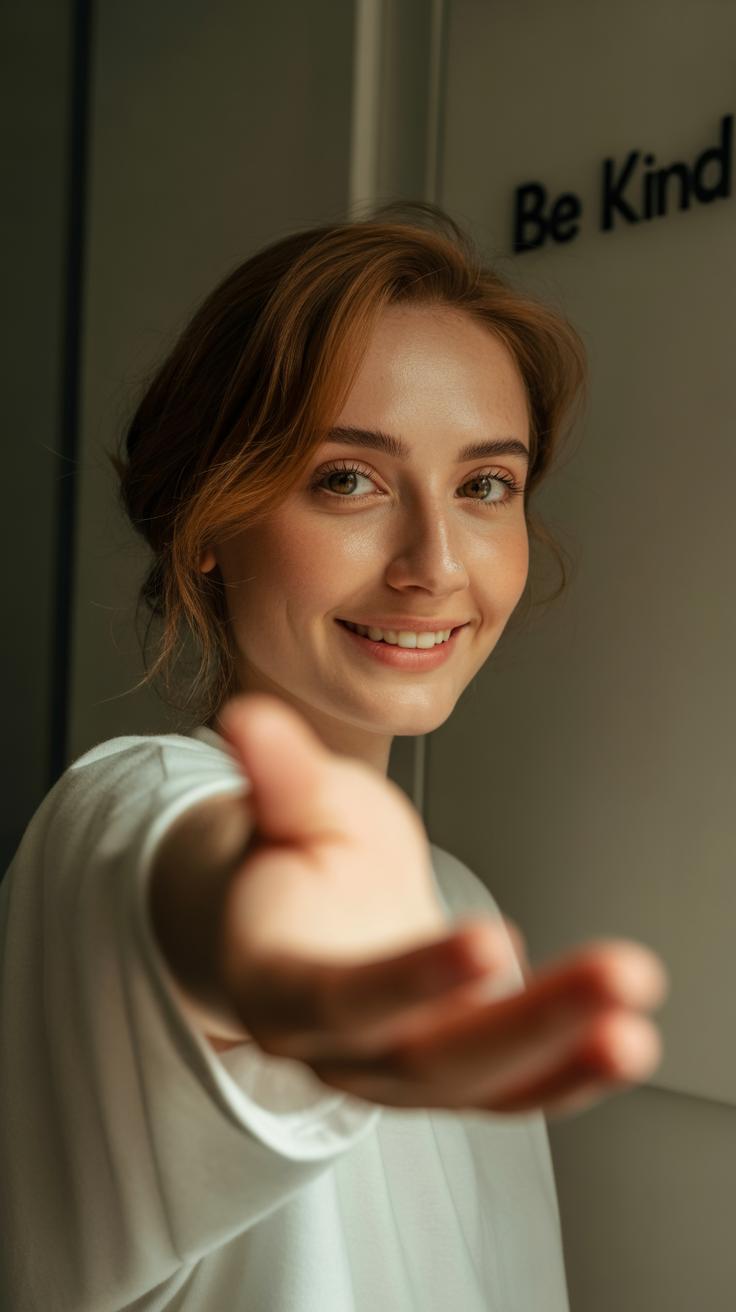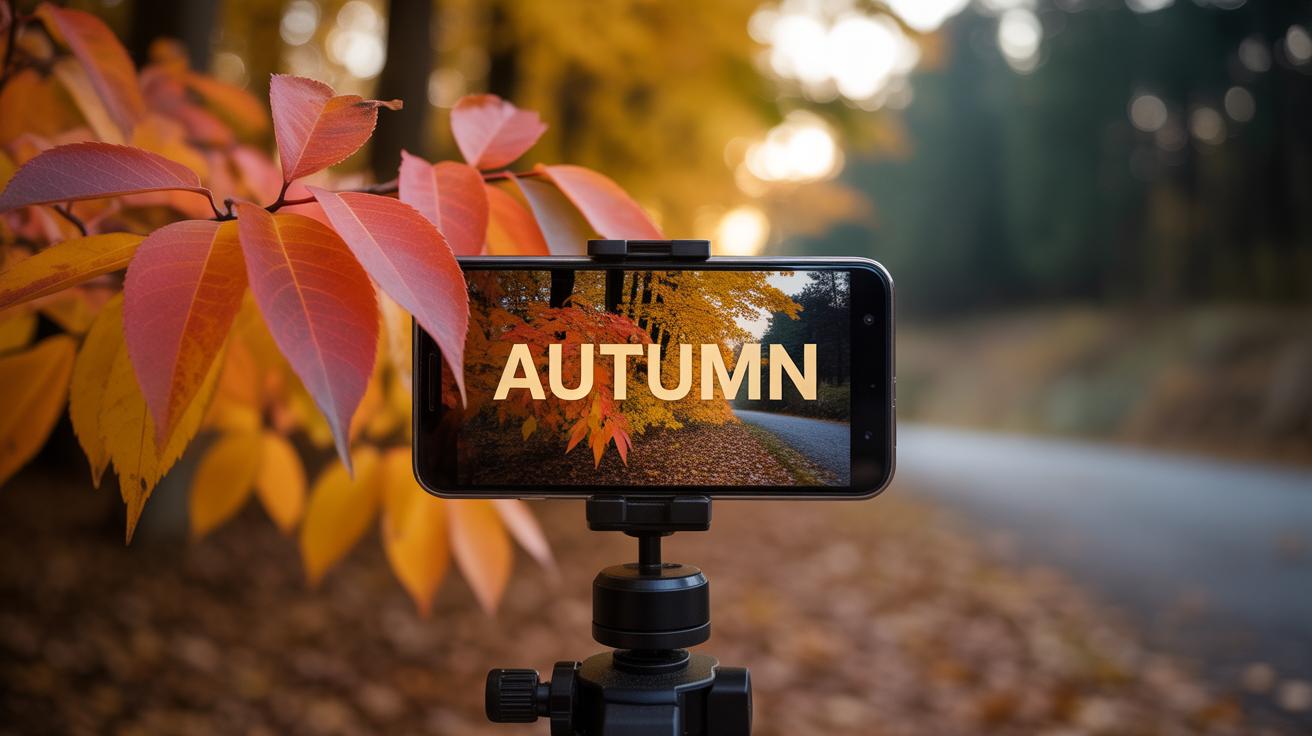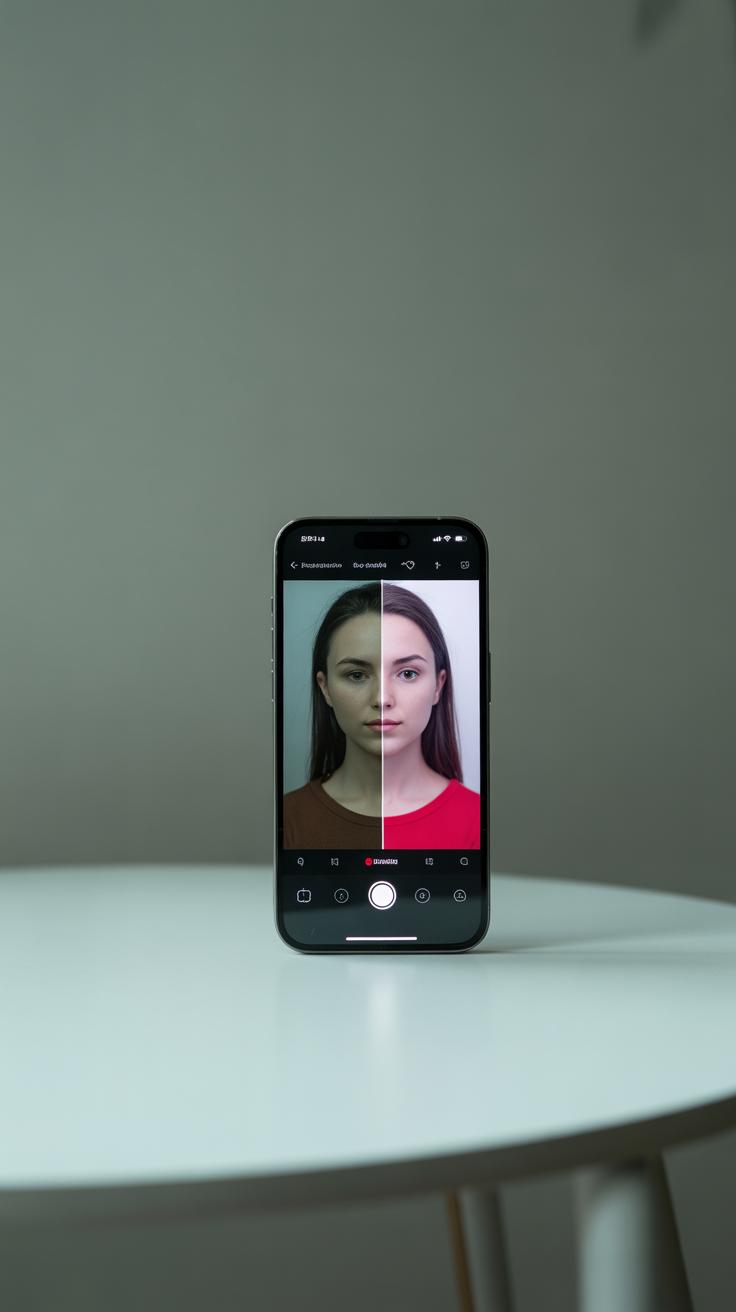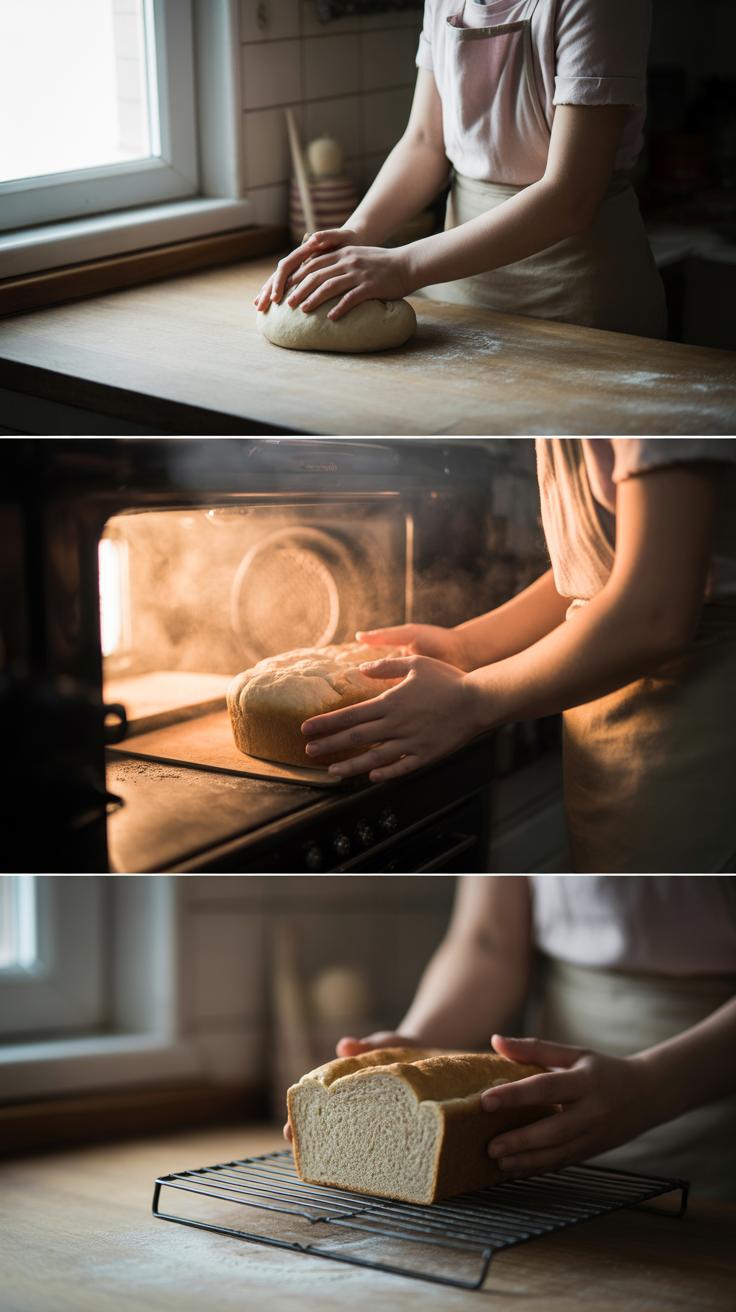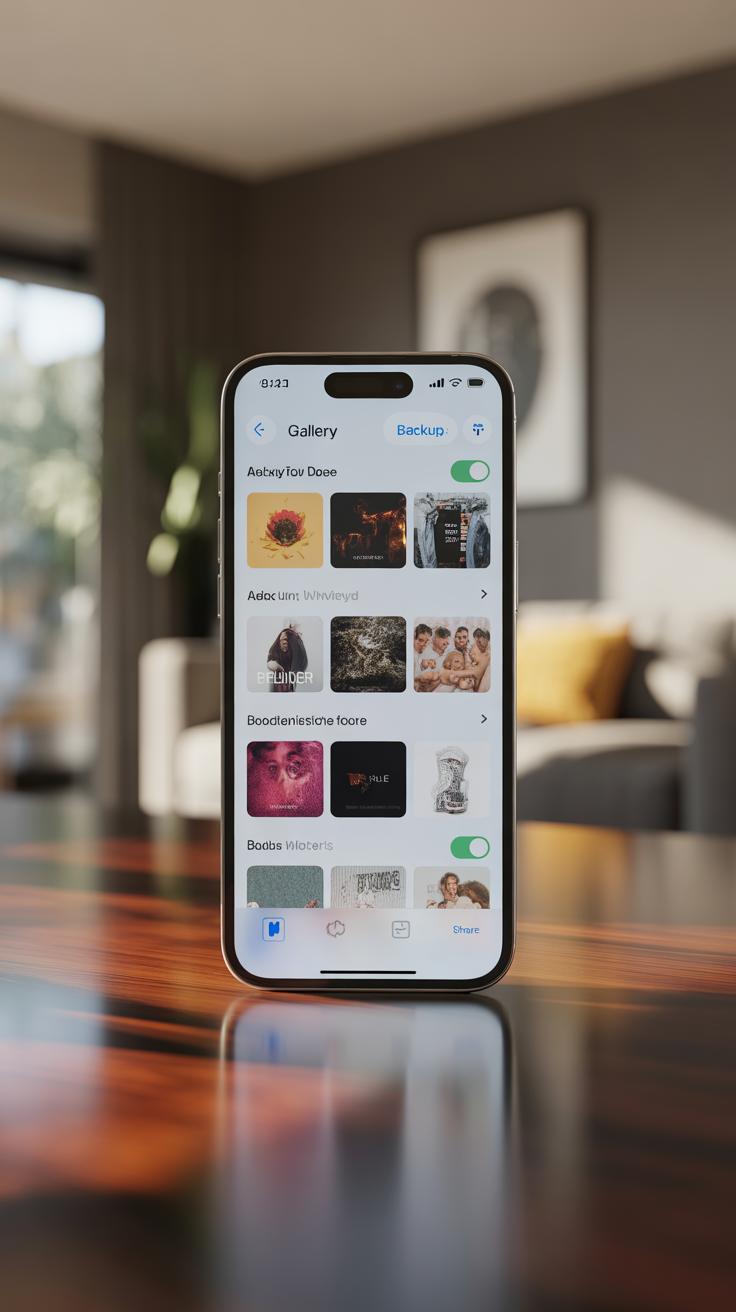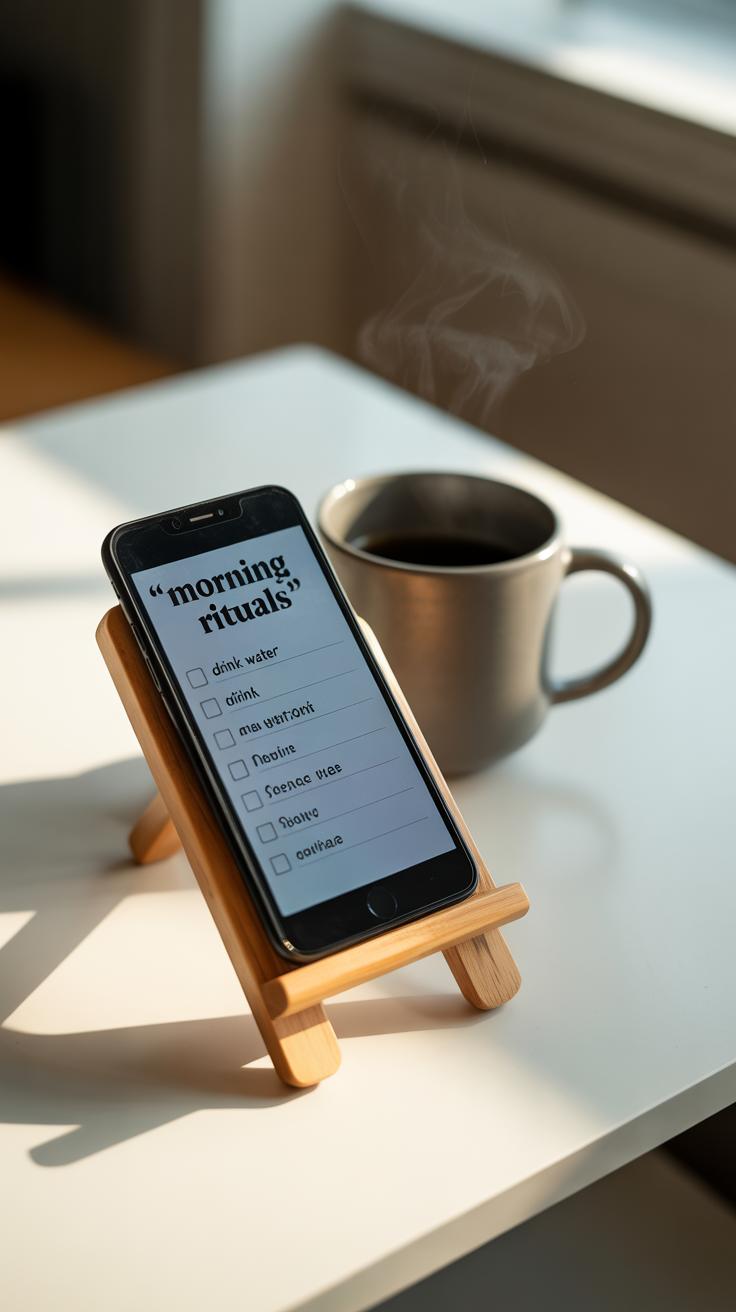Introduction
Lifestyle photography focuses on telling stories through images that show people in real-life situations. It is about capturing genuine moments that reflect everyday life. This style of photography often uses natural settings and lighting. With your phone, you can enjoy lifestyle photography anytime and anywhere. You do not need expensive gear to catch special moments that tell a story.
This article explores how you can use your phone to take lifestyle photos that look natural and candid. You’ll learn simple tips on handling your phone camera, finding good light, composing shots, and working with your subjects. By the end, you will be ready to capture authentic moments that feel real and personal.
Understanding Lifestyle Photography
Lifestyle photography tries to capture people simply being themselves. It’s less about posed portraits and more about freezing authentic moments as they unfold. Imagine someone sipping their morning coffee by the window, laughing with a friend, or simply lost in thought during a walk. Those small, everyday scenes hold stories that reveal who they are without saying a word.
At its core, lifestyle photography focuses on real environments—homes, streets, parks—rather than staged studio setups. The goal is to show life naturally, not perfect it. Because of this, the images feel relatable and honest. When you look at a lifestyle photo, you sense a narrative forming in front of you, a glimpse of someone’s world that’s unpolished but real.
What Sets Lifestyle Photography Apart
There are a few things that really set this style apart from others:
- Natural poses—not forced or stiff, but relaxed and spontaneous.
- Candid moments—those snippets of life when people forget the camera is there.
- Storytelling—each photo hints at a bigger picture, inviting you to imagine what’s happening beyond the frame.
These aren’t just snapshots, they are pieces of a story. Sometimes, the camera catches a glance, a gesture, a slight smile that speaks volumes. And that’s what makes lifestyle photography more about feeling than about posing or technical perfection.
Why Choose Lifestyle Photography with a Phone
Using a phone for lifestyle photography comes with a kind of freedom. Your phone is always with you, making it easy to capture moments that would otherwise slip away. Unlike bulky cameras, your phone is discreet—people don’t feel as self-conscious around it, which helps keep things natural.
Plus, it’s accessible. You don’t need to be a photography expert or carry heavy gear. The simplicity means anyone can start capturing real-life moments right now. Sometimes, the best shots come unexpectedly, and having your phone ready can make all the difference.
Have you noticed how quickly life moves? Phones help you keep up, letting you catch the unplanned magic that’s often the most memorable.
Getting to Know Your Phone Camera
When you first start with lifestyle photography on your phone, it’s easy to overlook just how much control you actually have. Most of us just point and shoot, but taking a moment to explore your phone’s camera settings can really change what you get back from your snapshots. Have you tried tapping on the screen to set the focus before? It feels simple, but it directs the camera where to look, which is crucial for capturing a natural, candid moment sharply.
Playing around with exposure is another step worth taking. Sometimes your phone guesses exposure alright, but there are times when lowering or raising it slightly can reveal those subtle details you’d miss otherwise. Say you want to emphasize the gentle shadow on a person’s face, or brighten up a dark room softly — tweaking exposure yourself helps do that.
Essential Phone Camera Settings
Most phones offer easy ways to adjust:
- Focus: Tap to focus on the subject. This locks the focus, so your subject stays sharp. Useful for those spontaneous moments that tell a story.
- Exposure: Usually a little sun icon or slider appears when you focus. Slide it around to brighten or darken your shot before snapping.
- HDR (High Dynamic Range): This combines multiple exposures to balance bright and dark areas. Turn it on when you have tricky lighting — like a backlit scene — to keep details from being lost.
Messing with these can feel a bit fussy at first. But then again, you might find you prefer letting the camera choose automatically sometimes. There’s no single right way here.
Using Built-in Features for Better Shots
Besides the settings, your phone packs in features that make composing photos easier without you realizing it. For example, grid lines. Most phones let you turn these on in settings; they divide your screen into thirds, helping you place subjects off-center for a more natural look. I think it’s a subtle aid that can improve an otherwise dull snap.
Portrait mode is another feature to try, even if you don’t want fancy background blur all the time. It emphasizes your subject by adjusting focus and lighting, giving photos a slight depth effect. Some portrait tools even tweak skin tone and lighting softly, which works well when capturing people just being themselves.
Don’t hesitate to scroll through your camera app now and then. You never know what little button or toggle will suddenly make your next lifestyle photo feel more alive.
Finding and Using Natural Light
Natural light often shapes the mood and clarity of lifestyle photos in ways artificial lighting can’t quite match. When you rely on sunlight, your images tend to look softer and more genuine. It’s subtle, but natural light reduces harsh shadows, making skin tones and textures feel more inviting. You can almost see the difference when shooting indoors near a window versus turning on overhead lights—it just feels more real, more relaxed.
Finding the right light, though, isn’t always straightforward. Morning or late afternoon, when the sun sits low, is usually a sweet spot. The light stretches across and gently wraps around subjects. Midday sun is harsher and more direct, which can create stark, unflattering shadows on faces. But sometimes, even harsh light can work if you find some shade or use it creatively.
Overcast days might seem dull, but they offer one consistent advantage: the clouds diffuse sunlight, acting like a giant softbox. That’s why cloudy weather often gives you evenly lit scenes without blown-out highlights or deep shadows. Awkward sun angles? Overcast skies can save you from squinting subjects.
Here are a few things to try:
– Use window light for close-up, intimate shots.
– Step outside during golden hour for warmer tones.
– On sunny days, look for shaded spots to avoid harsh contrasts.
– When weather’s not cooperating, lean into softer light under cloud cover.
– Occasionally, backlighting can create a nice glow around your subject, but it takes some practice to get right.
Finding and working with natural light takes some experimentation. Sometimes light won’t behave how you want, and that’s okay. It’s worth paying attention to how a scene changes as the day moves forward. You might miss the shot if you don’t get up early or wait around for the right moment. But when you do catch it—there’s a quiet satisfaction in that simple, natural look that phone photos can achieve.
Composing Your Lifestyle Photos
When you start framing your lifestyle photos, the rule of thirds is a straightforward tool that can really change how your pictures feel. You don’t have to think of it as some strict grid, but more like gentle guideposts. Most phone cameras let you turn on grid lines—this breaks the screen into nine equal parts. Placing your subject along these lines or at their intersections tends to create a more balanced and engaging image.
Say you’re photographing a friend walking down the street. Instead of centering them, try placing them off to one side, near a grid line. This often makes the shot feel less staged and more natural, like you’re just catching a moment happening.
Then there’s the background and foreground—these can add a surprising amount of depth. I find that including elements in front of or behind your subject can help tell a fuller story. A softly blurred foreground leaf, or a street sign behind, gives context without distracting. It’s a subtle trick, but it changes how inviting the photo looks.
Think about the space around your subject. Are there shadows, textures, or everyday objects that hint at where they are or what they’re doing? Those details make the picture come alive. But sometimes, too much clutter can pull focus. So, it’s a bit of a balancing act to decide what stays and what doesn’t.
Try experimenting with those grid lines and glance at your backgrounds before clicking. You might find that small shifts in position can make all the difference.
Capturing Candid Moments
When it comes to lifestyle photography, the real magic often lies in those unposed, fleeting moments. Capturing genuine emotion and natural interactions feels like catching something alive. But how do you do that without disrupting the scene? You start by watching closely—watching people’s expressions, body language, and the way they move together. These subtle clues hint at what might happen next.
Try to anticipate the moment before it arrives. Maybe a laugh is about to burst out, or a glance between two friends will turn into a smile. Being ready means keeping your phone at hand, your camera app open, and fingers lightly resting on the shutter. This way, you don’t waste precious seconds fumbling around.
Moving slowly and quietly matters a lot. If you shift abruptly, people may notice and pause, which changes the whole vibe. Staying unnoticed lets people behave naturally. It’s almost like becoming part of the background, blending into the everyday scene. Sometimes I find that pretending to look at my phone while snapping photos works surprisingly well.
Don’t be afraid to take multiple shots. The perfect moment might be brief, and one quick tap might miss the slight twitch of a smile or the brief touch of a hand. Keep shooting — it’s often in the subtle differences between frames where authenticity lives. Are you ready to pause and watch carefully, rather than forcing a moment to happen?
Engaging with Your Subjects
It’s not just about pointing your phone and snapping pictures. What makes lifestyle photography stand out is the connection you build with your subjects. When people feel relaxed, your photos show it. So, how do you create that ease?
Start by talking. Chat about everyday stuff—what they like, funny memories, anything light. It breaks the silence and shifts focus away from the camera. Sometimes, I notice just sharing a bit about myself helps. It’s like saying, “This is safe, no pressure here.”
Keep sessions informal. Don’t act too professional or stiff. Let people move naturally, wander around, maybe sip a drink or fiddle with objects nearby. You don’t want to stage every moment perfectly because that kills spontaneity.
Simple prompts work better than rigid instructions. Saying something like “walk slowly and look that way” feels less forced than “stand like this.” It can be as easy as asking, “What makes you laugh?” and waiting for real reactions instead of “smile now.”
It’s a bit of a balancing act—you want guidance but also space for unpredictability. Sometimes subjects surprise you with poses or expressions you hadn’t imagined, simply because you let moments happen instead of controlling them. That’s the beauty of lifestyle photography with your phone.
Editing Your Lifestyle Photos on Your Phone
Editing your lifestyle shots can be a bit tricky, especially if you want to keep them feeling natural. The goal is often to enhance what’s already there, not to change it completely. With phone apps, you don’t need to be an expert or spend hours fine-tuning every detail.
A few easy-to-use apps come to mind when you’re looking to give your photos a subtle boost. Apps like Snapseed, VSCO, and Lightroom Mobile are pretty popular—mostly because they’re straightforward but still powerful. You don’t have to dig through menus or learn complex tools. Just a few taps can make a difference.
When you’re editing, some adjustments have a bigger impact than others:
- Brightness: It lifts shadows and brings out details, but too much can wash out your image.
- Contrast: Adds depth, making things pop just a bit without looking harsh.
- Cropping: This one’s often overlooked, but changing your composition after the fact can make your subject stand out or remove distracting elements.
Personally, I’ve noticed that sticking to these basics helps photos feel more honest. Over-editing can make people look unreal or the moment forced. So, the question is always: How do you touch up a photo without losing what made it real in the first place? You try less, then maybe a bit more—until it feels right.
Telling Stories Through Your Photos
Using lifestyle photos to tell stories means going beyond just snapping moments. It’s about capturing feelings, connections, and experiences that speak to something deeper. When you look back at a photo, can you feel the laughter, the quiet, or the chaos? If not, maybe the story hasn’t quite come through yet.
Start by thinking through what kind of story you want to tell. It doesn’t need to be dramatic. Everyday life has its own narratives—like a morning routine or a casual walk in the park. Sometimes the small moments carry the strongest emotions. You don’t always need epic settings; the subtle, real-life details make the photos relatable.
Finding Themes and Ideas
Finding the right subject or setting can be tricky at first. I often catch myself photographing whatever’s in front of me but later wonder if it means anything. To avoid that, try:
- Focusing on relationships—between people, objects, or even light and shadow.
- Choosing locations that reflect the mood you want, like a cozy cafe or a messy kitchen.
- Thinking about daily routines or small rituals that hint at larger stories.
- Observing how people interact naturally rather than posing them; spontaneous moments convey more true emotion.
Sometimes, the theme might just come from the colors, textures, or patterns around you. Pay attention and let those elements play a role.
Using Series of Photos to Show a Moment
One powerful way to tell a story is through a sequence of photos. Instead of one isolated shot, a series can reveal changes, progression, or build tension. It might track a child blowing out birthday candles or a friend’s expression from surprise to joy.
When arranging photos, consider:
- Starting with an establishing shot to set the scene.
- Including close-ups of details that add emotion or context.
- Ending with a photo that offers some resolution or leaves the viewer thinking.
Sometimes, less is more—you don’t have to include every moment. Choosing just a few key images works better than cluttering with too many. This approach makes the story clear and impactful.
Have you noticed how some photos feel like a pause in time, while others suggest movement or change? A well-curated series can do both. It’s an invitation to step inside the moment, feel the atmosphere, and maybe even connect to your own memories.
Sharing and Saving Your Lifestyle Photos
Organizing Photos for Easy Access
When you take lots of lifestyle shots, they quickly pile up. Without some kind of system, finding that one perfect photo later can feel like hunting for a needle in a haystack. One approach I find helpful is to create albums right on your phone. You might sort by event, season, or even by subject—like “Morning Walks” or “Family Game Night.”
Some phones even let you tag or add keywords to photos, which makes searching easier later. You don’t have to get super detailed, but maybe setting a habit of sorting your shots soon after taking them can save hours down the road. For me, it’s easier to keep a rhythm—for example, reviewing and sorting photos once a week.
Cloud storage offers another layer of security and organization. Popular options like Google Photos or iCloud can automatically group photos by date or place. Doing this might feel extra at first, but it keeps your pictures accessible from various devices and makes backup less scary.
Best Ways to Share Photos with Others
Sharing your photos is part of the joy, right? You want to show those natural moments that tell a story. Messaging apps let you quickly send photos to friends or family, but be aware they can compress images, losing some quality.
For higher quality sharing, consider creating shared albums on platforms like Google Photos or Apple Photos. You can invite others to view or even add their own shots, making it a collaborative experience. This works well with close groups, especially if you want to keep things private.
When it comes to social media, each platform has its quirks about image size and format. Instagram favors square or vertical formats, while Facebook and Twitter are more flexible. You might want to edit or crop your photos accordingly. Posting less often but sharing images that truly capture the moment tends to get better reactions, at least that’s what I’ve noticed.
Ultimately, how you share depends on your comfort level and who you want to see your photos. Whether it’s casual sharing with a few people or posting publicly, there are options to keep things simple and secure.
Practicing Regularly for Improvement
Getting better at lifestyle photography with your phone comes down to one thing: practice. You might feel unsure at first, maybe even awkward snapping photos during everyday moments. Yet, the more you do it, the more natural it becomes. Taking photos often helps you notice details you might have missed before—like the way light falls across a table or a fleeting smile on a friend’s face.
Try making it part of your routine. Capture simple things: your morning coffee, a quick chat with someone, or the neighborhood park. These ordinary scenes are perfect for practicing timing and observation. When you regularly observe your world this way, your ability to catch candid moments sharpens.
After shooting, spend time looking back through your pictures. Ask yourself, what felt right? Which ones tell a story or stir some feeling? And more importantly, where did your photos fall short? Maybe the lighting was off or the focus wandered. This reflection is key—without it, improvement stalls. You don’t always need to critique harshly; sometimes just noticing what worked is enough to help your eye evolve.
So, keep going. Even if you think some pictures aren’t great, they’re part of your learning journey. You might find that strange angle or odd light becomes your signature style over time. What moments around you could you be capturing next?
Conclusions
Using your phone for lifestyle photography is easy and rewarding. You only need to practice watching for moments that feel natural and real. Light, composition, and your approach to the subject matter play key roles in making your photos stand out. Remember, the goal is to tell a story about life as it happens.
Keep taking photos with your phone wherever you go. Try the tips shared here to improve your shots. Look for simple, honest moments and let your camera catch the real emotions and actions around you. With time and attention, you will enjoy making beautiful lifestyle photos that you can share and cherish.


